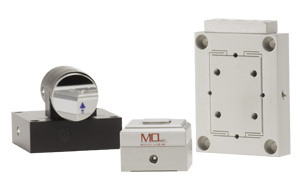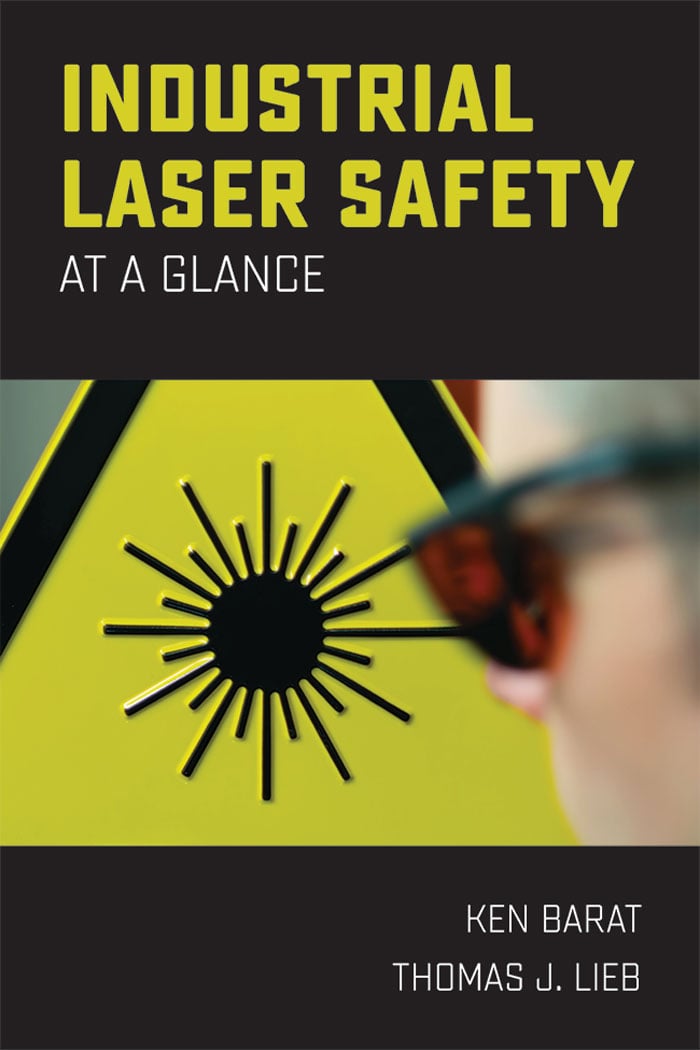
< More EuroPhotonics NewsletterSubscribe to our E-NewslettersEuroPhotonics Newsletter: Breaking Optical Wireless Barriers, Femtosecond Laser Integrating Optics, and more… (12/20/2023)
EuroPhotonics Newsletter: Breaking Optical Wireless Barriers, Femtosecond Laser Integrating Optics, and more…
Quarterly newsletter from Photonics Media highlighting the latest photonics news, features, and products from Europe.
| If you are having problems seeing this newsletter, please click here to view |

|
Quarterly newsletter from Photonics Media highlighting the latest photonics news, features, and products from Europe. Manage your Photonics Media membership at Photonics.com/subscribe.
|
Barrier to Optical Wireless Broken with Photonic Chip
Researchers from Politecnico di Milano, Scuola Superiore Sant’Anna, the University of Glasgow, and Stanford University have created photonic chips that mathematically calculate the optimal shape of light to best pass through any environment, even one that is unknown or changing over time.
|
|
|
|
|
Femtosecond Laser Integrates Optics in Single Glass Substrate for Easy Manufacture
The short, regular pulses of femtosecond lasers are put to effective use in numerous applications, including laser surgery, micromachining, microscopy, and spectroscopy. Free-space optics offers substantial freedom in femtosecond laser design — but this comes at the cost of limited miniaturization and manufacturability. A new approach, developed at École Polytechnique Fédérale de Lausanne (EPFL), makes the free-space optical components of a femtosecond laser easier to align, thus making the laser easier to manufacture.
|
|
|
|
|
Single-Layer OLED Design Offers Efficiency Without Complexity
With the development of a single-layer, blue-emitting OLED, researchers at the Max Planck Institute (MPI) for Polymer Research demonstrated that one-layer OLEDs can achieve a performance level comparable to commercial OLEDs with multiple layers, while simplifying OLED design, fabrication, and analysis.
|
|
|
|
|
 Tools for the Nanoscale
Tools for the Nanoscale
Mad City Labs Inc.
Mad City Labs provides tools for the nanoscale for applications in photonics, microscopy and physics applications. Our portfolio includes closed loop piezo nanopositioners, micropositioners, atomic force microscopes (AFM/SNOM) and single molecule microscopes. European Office: [email protected] or +41 (0)44 803 98 18
|
|
|
 Industrial Laser Safety at a Glance
Industrial Laser Safety at a Glance
Photonics Media
A straightforward guide, offering clear, real world explanations of laser safety elements and the necessary background materials for the industrial laser environment.
|
|
|
|
|
| |
|
Researchers at the University of St. Andrews demonstrated an electrically driven, organic semiconductor laser using a new approach that could improve the performance of this class of laser and further the development of ultrafast, organic optoelectronics applications. The researchers used indirect OLED pumping to power the laser. They built an integrated device structure that efficiently coupled an OLED that had very high light output with a polymer-based, distributed feedback laser.
|
|
A new implementation of superresolution radial fluctuations (SRRF), called enhanced superresolution radial fluctuations (eSRRF), was introduced by a team at the Gulbenkian Science Institute. According to the research team, eSRRF provides substantial improvements to image fidelity, resolution, and user-friendliness, compared to the original SRRF.
|
|
Optical resonators increase the strength of light-matter interaction by storing light over a long period of time. The smaller the resonator, the tighter the confinement of light will be, resulting in an even stronger interaction. To create a resonator that provides strong light-matter interaction at a very small scale, researchers at the Technical University of Denmark (DTU Electro) built self-assembled, bowtie optical resonators at the atomic scale and embedded the self-assembled cavities in a larger architecture consisting of self-assembled waveguides, springs, and photonic couplers.
|
|
|
